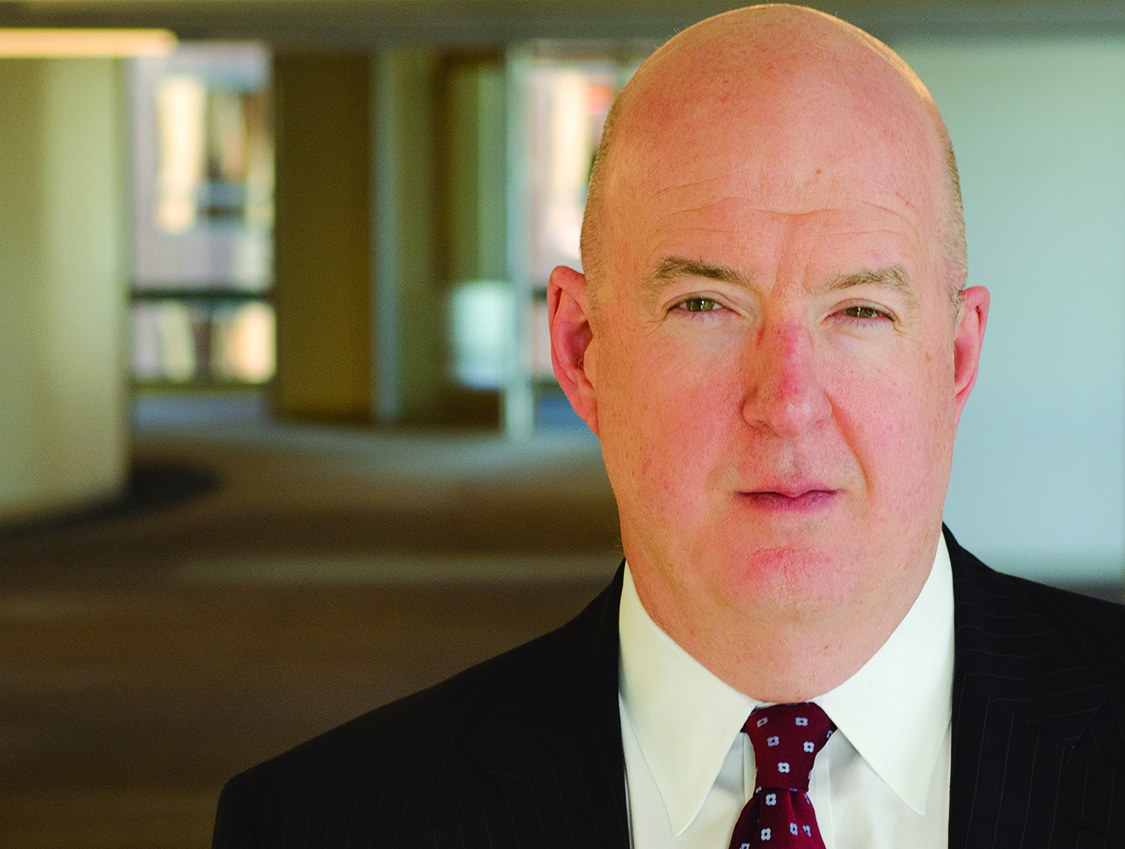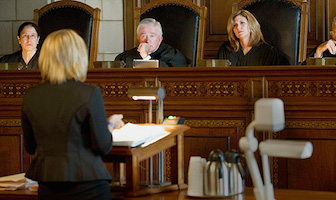Common Issues, Case Development and Theories
“Common Issues, Case Development and Theories” are tips previously provided to our seminar attendees by Virginia Milstead, Esq., a partner at Skadden, Arps, Slate, Meagher & Flom LLP.
Since 2012, Virginia Milstead has been a panelist for our annual Federal Court Boot Camps and Superior Court Boot Camps, at which she has instructed on all facets of civil procedure in federal and state courts. She is a fantastic speaker an an incredible resource. Virginia has provided our attendees with a number of resources and advice to improve their litigation skills.
Below we have summarized just a few of her many tips regarding how you can develop a strong case right from the start.
- Develop a Case Theme and Strategy From Day One
- One of the first steps is to understand the needs of your client and what he or she hopes to accomplish through the litigation.
- A quick, inexpensive resolution to preserve an ongoing relationship?
- To receive or avoid paying a large monetary award?
- To require the other party to act in a certain way or to ensure your client can continue acting in a certain way?
- If your client is a business, what business concerns may drive the outcome of the litigation?
- Understanding what your client ultimately needs will help you develop the best long-term litigation strategy for that client. Rather than go through litigation mechanically and reactively, always ask yourself whether and how the step you are taking advances your client’s goals. Keep the big picture in mind.
- Regardless of the ultimate goal, however, the possibility always remains that the case will go to trial (even if remote). Thus, do not take settlement for granted and prepare the case from day one as though you were certain you were going to trial.
- Such preparation can provide leverage in settlement discussions if the other side knows you are prepared to try the case if necessary.
- You will be prepared to win in the event that the case does not settle. If you have not been thinking about trial, you may find, after the close of discovery, that key pieces of evidence are missing or not admissible.
- However, don’t allow your trial preparation to interfere with your client’s goals or the possibility of settlement, if settlement is what is in your client’s best interests.
- One of the first steps is to understand the needs of your client and what he or she hopes to accomplish through the litigation.
- Practical Steps For Developing A Case Theme And Strategy
- Understanding the elements of the claims and defenses
- Consult the jury instructions for each claim or defense to understand what each side must prove – right from the start
- Review practice guides and key cases
- What are the non-legal, non-factual aspects of the case – the emotional aspects – that might influence a fact-finder? What are the “optics” of the case?
- Likeability of client? Severity of alleged injury? Social issues?
- How can you diffuse or make use of these aspects?
- Work on developing a narrative, which you refine throughout the discovery and fact-finding process.
- What are the most compelling aspects of your narrative?
- What are its greatest weaknesses, and how will you address them?
- Consider creating a “chronology” as discovery proceeds, with all key documents and events in chronological order.
- Anticipate the other side’s narrative and think of how you will respond.
- Understanding the elements of the claims and defenses
Of course there are many more things you can do to develop your case, but we wanted to provide you with a short list of some of the advice Virginia and others have provided to our attendees over the years. Stay tuned, more to come!
You can find some of our programs at which Virginia’s has taught here:
CA Superior Court Boot Camp (12th Annual)
CA Superior Court Boot Camp (13th Annual)
Superior Court Boot Camp (9th Annual): Discovery, Depos and Motions – Get it Right
Fed Court Boot Camp Conference (13th Annual): How to Practice in Federal Court
Or you can just go to our audio pages and search “Superior Court” or “Federal Court” as the keywords and California as the location.






